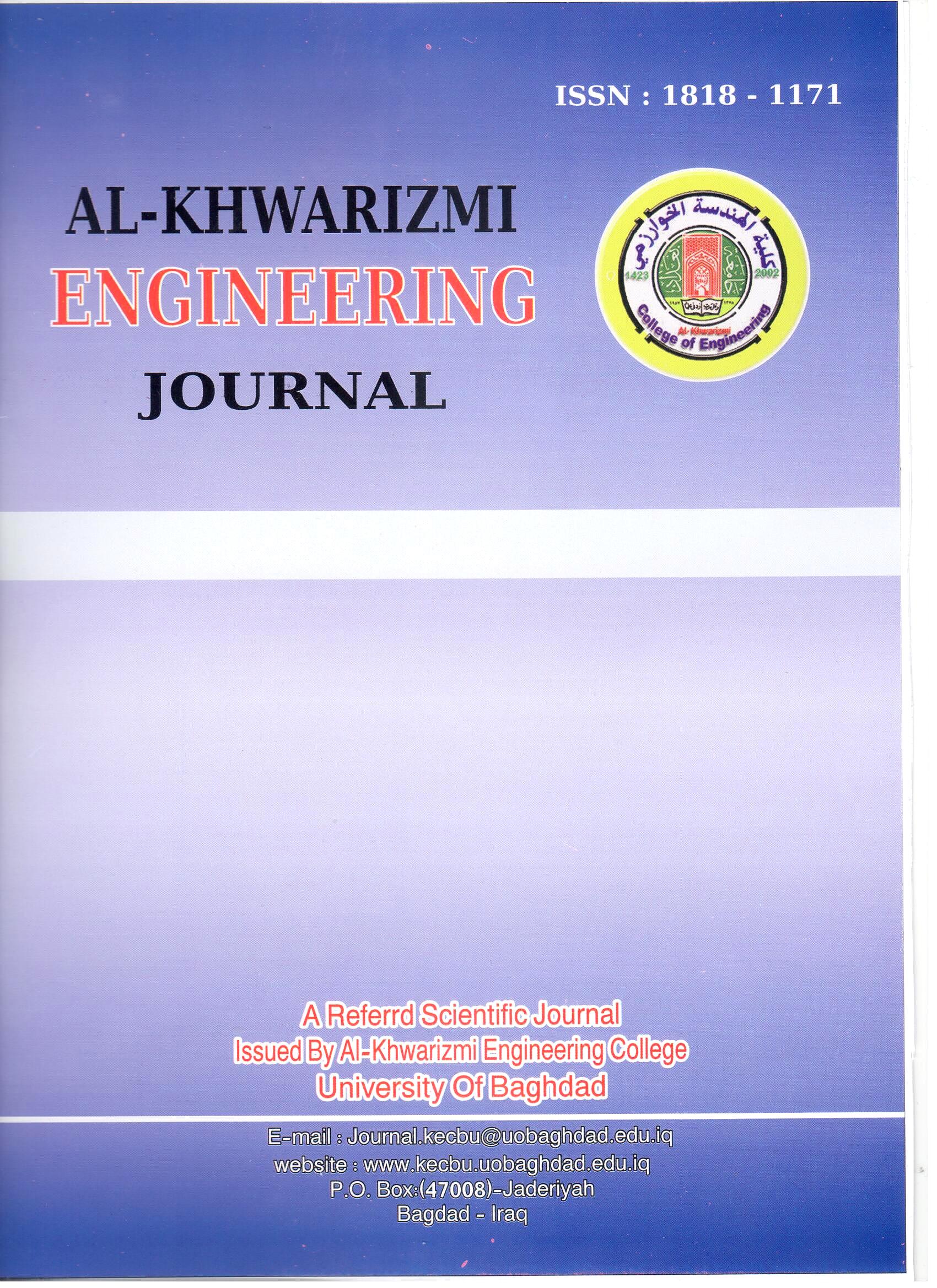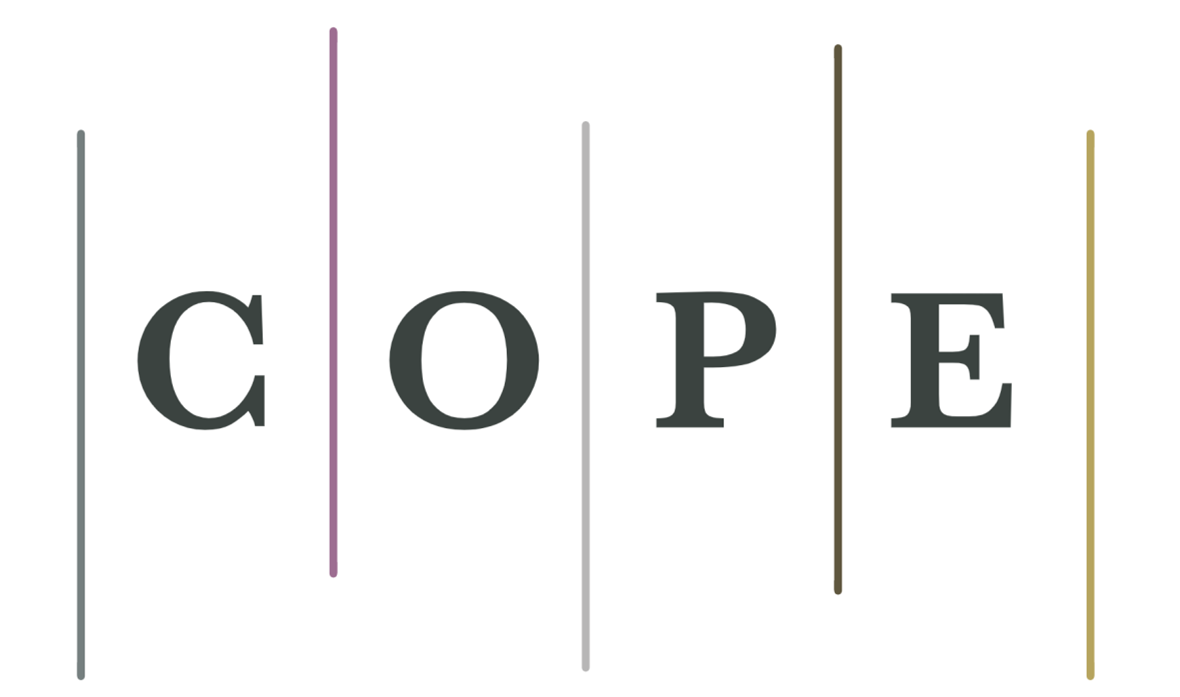Design and Implementation of Multi-Configuration Rolling Machine
DOI:
https://doi.org/10.22153/kej.2024.06.001Abstract
For decades, metal corrugated sheets have usually been manufactured using conventional roll-forming machines with lower and upper rollers or a die and a press as the main shaping elements. However, these machines and their related processes present economic disadvantages because of additional expenses required to improve and manage forming tools. To overcome these drawbacks, reconfigurable machines, such as dedicated and flexible manufacturing systems, were used as alternatives; they possess high flexibility for accomplishing forming processes. Reconfigurable machines are designed around a particular family of manufactured outcomes, allowing for high system flexibility. In light of the latest developments in reconfigurable machine design, this study proposes a new sheet metal forming roller called the discrete multi disk roller (MDR) as an alternative to the traditional roller design. Unlike existing processes, the MDR minimises production costs associated with material loss and effectively decreases forming errors. Furthermore, it utilises multi-disk as reconfigurable rollers. The technique and applicable procedure of the MDR are described, and wavy sheets with different dimensions and shapes are formed to verify the applicability of the reconfigurable roller, a critical component in the forming process. Thirteen parts with different configuration profiles were produced using the proposed MDR machine.
Downloads
References
Katz, R., 2007, Design principles of reconfigurable machines, International Journal of Advanced Manufacturing Technology, 34(5–6), 430–439.
Sethi, A.K. and Sethi, S.P., 1990, Flexibility in Manufacturing: A Survey, International Journal of Flexible Manufacturing Systems, Vol. 2, pp. 289–328.
Mehrabi, M.G. and Ulsoy, A.G., 1997, State–of–the–Art in Reconfigurable Machining Systems, ERC/RMSTechnical Report, University of Michigan, Ann Arbor, Michigan.
Koren, Y., Heisel, U., Jovane, F., Moriwaki, T., Pritschow, G., Ulsoy, G., and Van Brussel, H., 1999, Reconfigurable Manufacturing Systems, Annals of the CIRP, Vol. 48/2, pp. 527–540.
Abebe, M., Yoon, J. & Kang, BS., 2020, Multi-Objective Six-Sigma Approach for Robust Optimization of Multi-Point Dieless Forming Process, Int. J. Precis. Eng. Manuf. 21, 1791–1806.
Singh A, Gupta P, Asjad M., 2019, Reconfigurable manufacturing system (Rms): accelerate towards industries 4.0 (March 18, 2019). In: Proceedings of international conference on sustainable computing in science, technology and management (SUSCOM-2019), Amity University Rajasthan, Jaipur, India. SSRN. https://ssrn.com/abstract=3354485.
Kim, H.H., Yoon, J.S., Kim, J., Kang, B.S., 2014, Feasibility Study on Flexibly Reconfigurable Roll Forming Process for Sheet Metal and Its Implementation, Hindawi Publishing Corporation, Advances in Mechanical Engineering, Volume 2014, Article ID 958925.
Son, S.E., Yoon, J.S., Kim, J., Kang, B.S, 2014, Effect of Shape Design Variables on Flexibly-Reconfigurable Roll Forming of Multi-curved Sheet Metal, Transactions of Materials Processing , Volume 23, Issue 2, pp.103-109
Son, S.E., Yoon, J.S., Kim, H.H., Kim, J., Kang, B.S, 2016, Evaluation of Formability Dependent on Reconfigurable Roller Types for 3D Curved Sheet Forming, Transactions of Materials Processing, Volume 25, Issue 1, pp.12-20
Park, M. Kil, J. Kim, B. Kang, 2017, A Predictive model of flexibly-reconfigurable roll forming process using regression analysis, Procedia Engineering 207, 1266–1271
Wang, D.M., Li, M.Z. and Cai, Z.Y., 2014, An investigation on roll adjusting radius in three-dimensional rolling process for three-dimensional surface parts, Proceedings of the Institution of Mechanical Engineers, Part B: Journal of Engineering Manufacture.
Wang, D.M., Li, M.Z., Wang, Y., Cai, Z.Y, Liu, H., 2015, Investigation and improvement of 3D rolling process for 3D surface parts, Int J Adv Manuf Technol, 78:407–417.
Cai ZY, Li MZ, Lan YW, 2012, Three-dimensional sheet metal continuous forming process based on flexible roll bending: Principle and experiments , Journal of Materials Processing Technology, Volume 212, Issue 1, Pages 120–127.
Park J-W, Kim J, Kang B-S. Development on a Prediction Model for Experimental Condition of Flexibly Reconfigurable Roll Forming Process. Metals. 2019; 9(8):896. https://doi.org/10.3390/met9080896
Downloads
Published
Issue
Section
License
Copyright (c) 2024 Al-Khwarizmi Engineering Journal

This work is licensed under a Creative Commons Attribution 4.0 International License.
Copyright: Open Access authors retain the copyrights of their papers, and all open access articles are distributed under the terms of the Creative Commons Attribution License, which permits unrestricted use, distribution, and reproduction in any medium, provided that the original work is properly cited. The use of general descriptive names, trade names, trademarks, and so forth in this publication, even if not specifically identified, does not imply that these names are not protected by the relevant laws and regulations. While the advice and information in this journal are believed to be true and accurate on the date of its going to press, neither the authors, the editors, nor the publisher can accept any legal responsibility for any errors or omissions that may be made. The publisher makes no warranty, express or implied, with respect to the material contained herein.
















